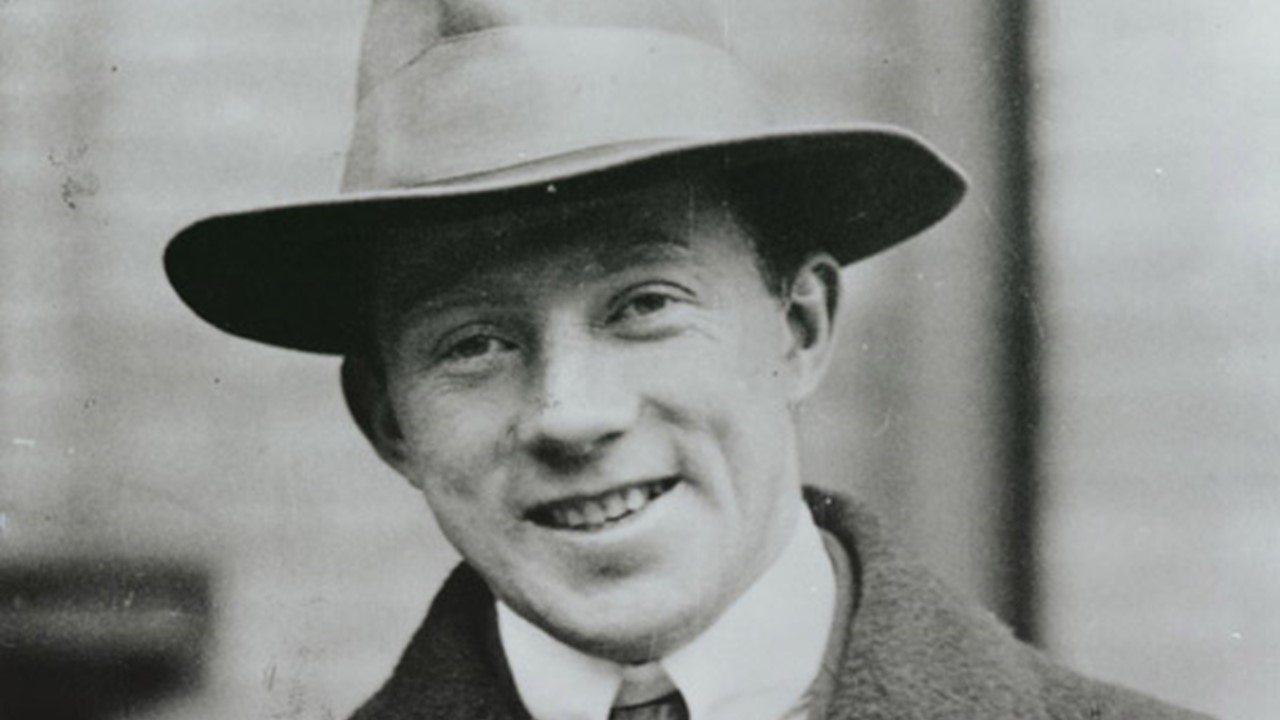
5 Rules of Quantum Mechanics By Werner Heisenberg

10 Interesting Facts About Chien-Shiung Wu
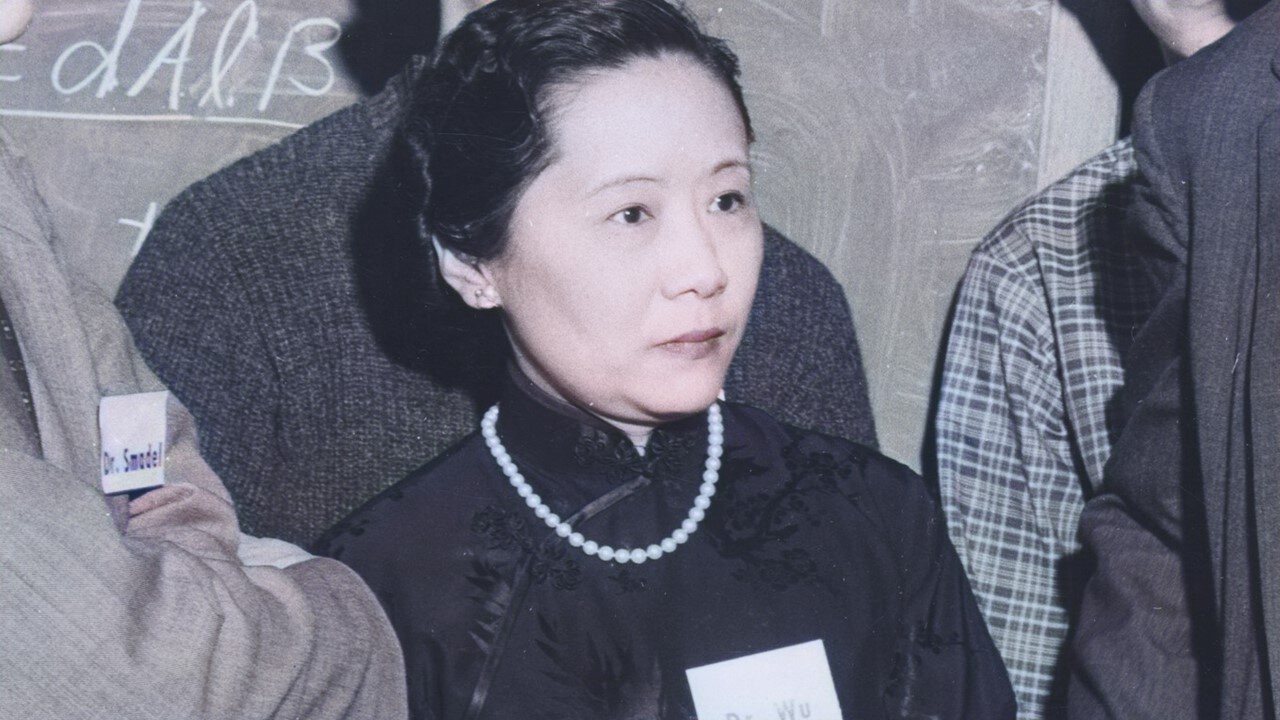
How Max Planck Discovered Quantum Theory

Planck's big problem
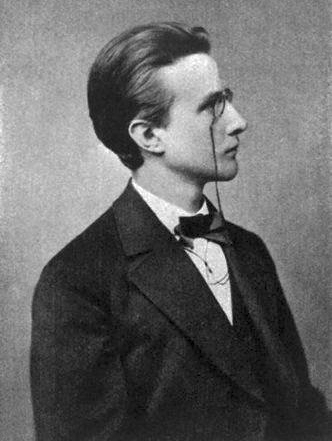 |
| Max Planck, 1878 |
What is a black body?

Classical VS quantum

5 Physicists Who Started Their Own Business

1. Peter Buck
2. Akio Morita
3. Robert Noyce
4. Cecil Howard Green
5. Ray Dolby

10 Albert Einstein Quotes To Inspire Students
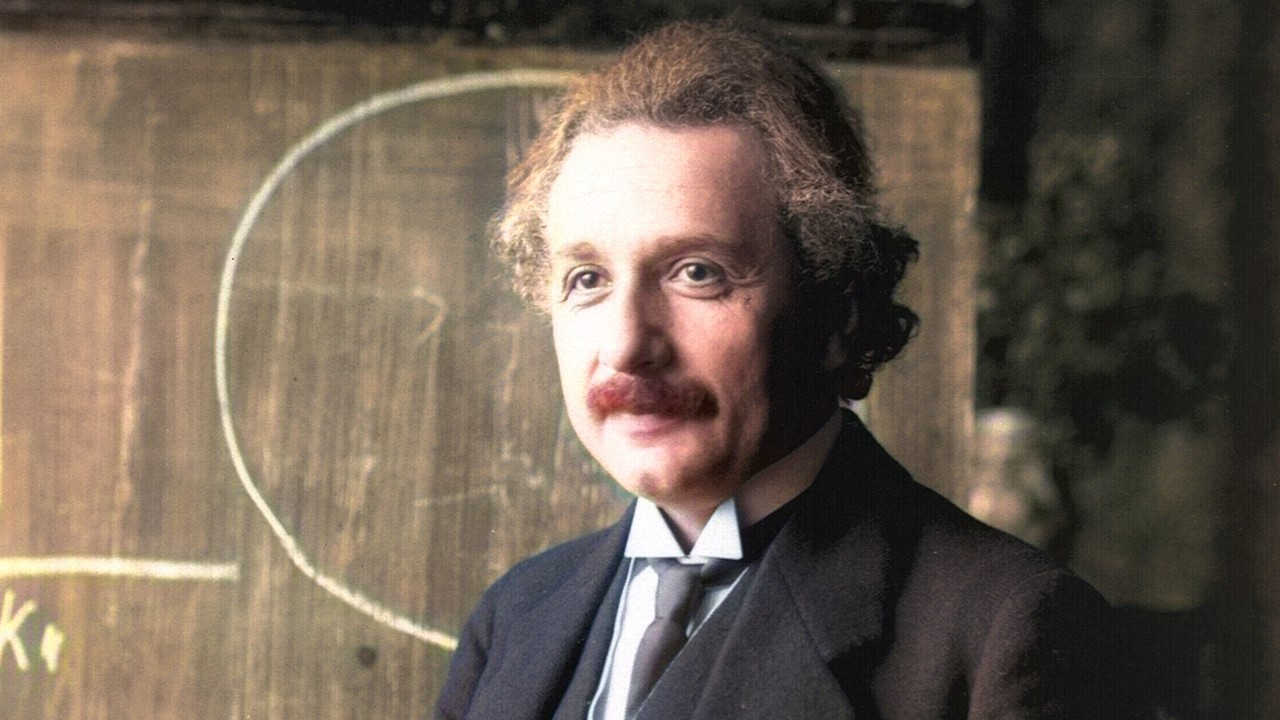
7 Physicists Who Were Also Great Musicians

Brian May:
Albert Einstein:
Max Planck:
Brian Cox:
Richard Feynman:
Satyendra Nath Bose:
Werner Heisenberg:
Heisenberg could read sheet music when only 4 years old, so it is said that he was a prodigy. Heisenberg’s parents wanted him to become a concert pianist - however - his love of physics outgrew his love of music. Heisenberg's work in physics irked Einstein to such an extent that he commented, “God does not play dice with the Universe”.
Who Proposed The Idea of Black Hole?
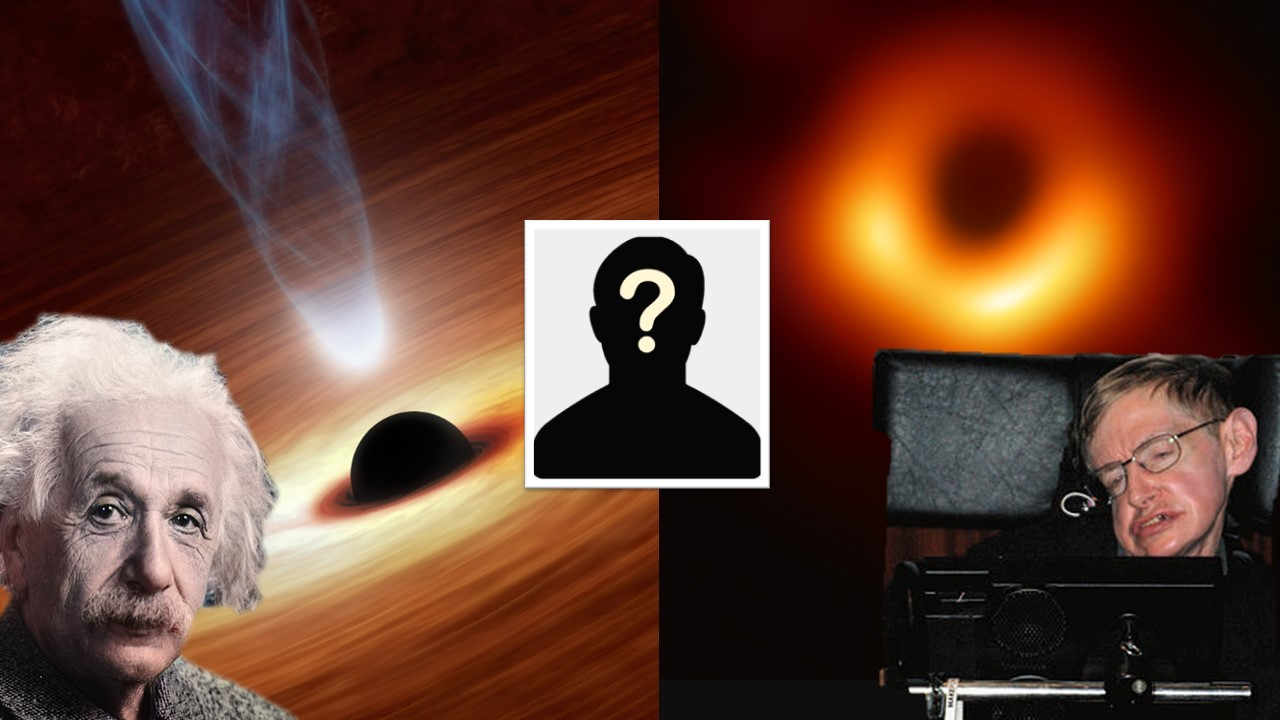

When will black hole form
Birth of black hole

Cut to present
10 differences between astrology and astronomy

1. Every newspaper in the world has a daily column on astrology. How many papers carry even a weekly column on astronomy? – this is a major, disappointing difference between the two fields, as pointed out by Carl Sagan.
2. Astronomy is a practical science built upon technical skills such as in observation, mathematics and computer programming. Astrology does not demand such complicated knowledge.
3. If you delete all of human history, astronomy will come up again in exactly the same manner since it is based upon facts and figures. Whereas, astrology is a product of the human imagination and will acquire different shapes and forms.
4. There is a Nobel Prize for astronomers who make great advances to our understanding of the universe – astronomy being a branch of physics. In astrology, there is no such honor.
5. According to astrology, the position of a planet such as Saturn can trigger a life changing influence on an individual located on some corner of the Earth. Astronomy denies this claim.
6. After decades of research, astronomy has reached to the conclusion that life on earth is made from elements that were forged in the core of dying stars – a poetically beautiful truth. Astrology could not have reached to this sophisticated result.
7. Historians say that astrology is 2,500 years old. On the contrary, astronomy is vastly older. The first human beings depended on astronomical events for various activities, such as in agriculture and navigation. This developed into questions like, "What's out there?" and into inventions like the telescope.
8. Hence, astronomy is a natural tendency (aka curiosity) whereas astrology is derived, from observations and results in astronomy. Astrology is something that people turn to thinking it would have answers to life's problems.
9. Astronomy is a healthy activity for kids to get involved in. Astrophotography is one way to get started. Whereas, a sincere belief in astrology puts children inside boxes and they grow up asking dumb questions like, "What's your star sign?" to measure compatibility.
10. Reading astrology may be comforting to some people, but at only a superficial level. On the contrary, astronomy appeals to the very core of a person and may inspire them to paint a timeless piece like the "starry night".
Five Quotes By Freeman Dyson On Religion


5. Over periods of 10,000 years the distinctions between Western and Eastern and African cultures lose all meaning. Over a time span of 100,000 years we are all Africans. And over a time span of 300 million years we are all amphibians, waddling uncertainly out of dried-up ponds onto the alien and hostile land.






 Physics, astronomy and science history blog for students
Physics, astronomy and science history blog for students